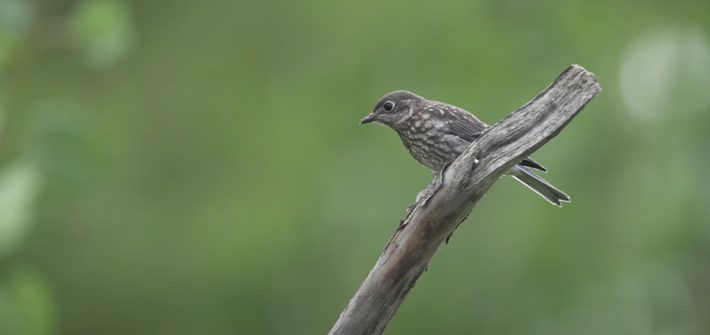Non-Linear Editing software is rather simple. Footage clips are dragged into a timeline, and the editor can cut clips to shorten them and arrange them in an order that makes up the visual part of the video.
![]()

One of the most difficult aspects of wildlife and bird photography is finding your subjects and having the patience to wait for them to come into position in frame. So, what if you could make your own spot that you knew would attract wildlife? This photographer and filmmaker designed and built his own pond for bird and wildlife photography, and this awesome video shows the location and the beautiful footage he gets there.